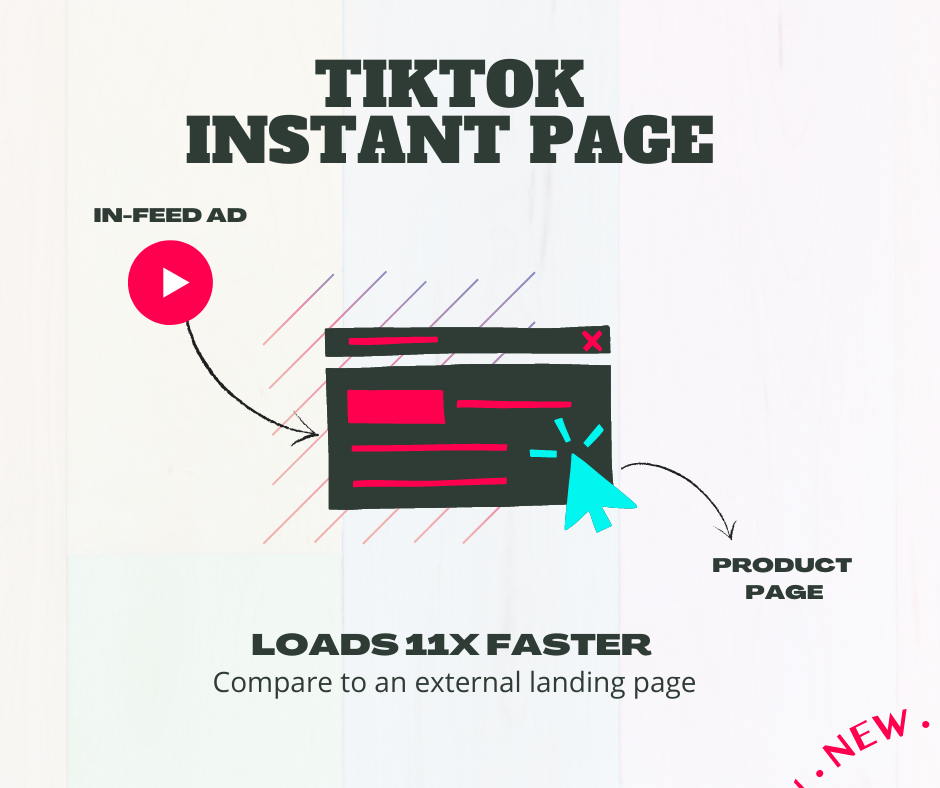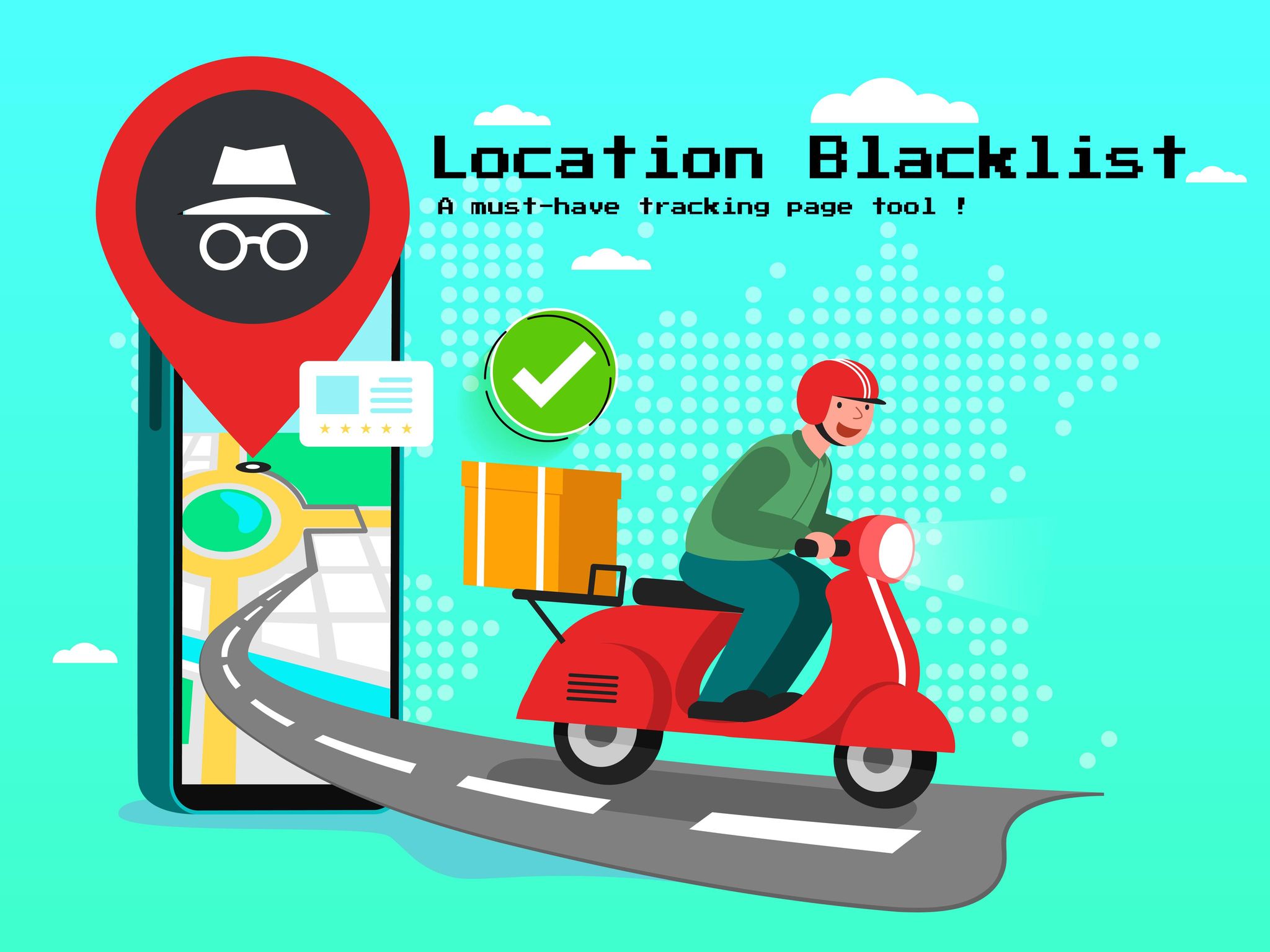Put aside all the bad raps about instant gratification this world’s revolving around, with this new TikTok ad product, we might never have to wait for anything after all.
Blog
What do you think the metaverse is? Is this the world in fiction movies, where Iron man - Tony Starks can be able to create in AR and VR while saving the world with his all-in-one personal assistant JARVIS? People who actually follow the space would say it’s about richer experiences by letting us add new layers to the world that we can interact with. It’s the tools that we can use to place digital objects into the physical world and let people interact with them rather than just simple effects, new creator capabilities will support 3D objects that can respond and react realistically.
Do you think that one day you can control the whole of your store with a snap of fingers on the metaverse marketplace? Let’s check it out!
In today's fast-paced digital world, the locksmith industry is undergoing significant transformations due to the influence of e-commerce. As consumers increasingly turn to online platforms for their service needs, locksmith services have adapted to meet these changing demands. This article explores the evolving landscape of locksmith services in the e-commerce era, highlighting key trends, digital solutions, and the impact of emerging technologies.
The Role of E-commerce in Shaping Modern Locksmith Services
E-commerce has played a pivotal role in shaping modern locksmith services by providing an American platform for customers to conveniently access a wide range of locksmith solutions. With the click of a button, customers can now find 24-hour service 'locksmith near me', schedule appointments, and even make payments online, revolutionizing how locksmith services are delivered.
One of the key trends in the locksmith industry is the shift toward online booking systems. Customers prefer the convenience of booking locksmith services online, allowing them to schedule appointments without needing phone calls or in-person visits. This trend has led to the development of user-friendly booking platforms that streamline the service delivery process.
Digital Solutions: Enhancing Locksmith Services in the E-commerce Age
Digital solutions have enhanced locksmith services in the e-commerce age by providing customers access to a wide range of services through online platforms. From key duplication to lock repairs, customers can now easily request locksmith services, eliminating the need for traditional brick-and-mortar storefronts.
Emerging technologies such as mobile apps and smart locks have significantly impacted locksmith services and e-commerce. Mobile apps allow locksmiths to connect with customers more efficiently, while smart locks offer enhanced security features that cater to the evolving needs of customers in the digital age.
E-commerce integration has streamlined locksmith service delivery by providing a seamless platform for customers to access locksmith services online. By integrating e-commerce solutions into their business models, locksmiths can reach a wider audience and provide enhanced services to their customers.
Online Booking: Convenience in Locksmith Services
Online booking systems offer convenience in locksmith services by allowing customers to schedule appointments at their convenience. Customers can easily book locksmith services online, choose appointment times that suit their schedules, and receive confirmation notifications, making the process quick and hassle-free.
The evolution of online payments has simplified the payment process for locksmith services, allowing customers to make secure payments online. With the rise of digital wallets and payment gateways, customers can now easily pay for locksmith services, eliminating the need for cash transactions.
Mobile apps have revolutionized access to locksmith services by providing customers with a convenient way to request services on the go. With mobile apps, customers can easily find locksmiths in their area, schedule appointments, and track the status of their service requests, all from their smartphones.
E-commerce Platforms: Connecting Customers with Locksmiths
E-commerce platforms play a crucial role in connecting customers with locksmiths by providing a centralized platform for customers to access locksmith services. These platforms offer a wide range of services, from key cutting to lock installation, making it easy for customers to find the services they need.
E-commerce platforms implement various measures to secure transactions and protect customer information. From encryption technologies to secure payment gateways, these measures ensure customer data remains safe, and transactions are conducted securely.
Online slots have become increasingly popular in locksmith service scheduling, allowing customers to book appointments conveniently. With online slots, customers can choose appointment times that suit their schedules, reducing wait times and improving overall customer satisfaction.
Convenient Booking: Exploring Online Slots for Locksmith Services
Online slots offer convenient booking options for locksmith services, allowing customers to book appointments anytime, anywhere. Whether it's a key replacement or a lock repair, customers can easily schedule appointments online and receive prompt service from locksmiths.
Leveraging online slots for locksmith needs ensures effortless scheduling for both customers and locksmiths. With the flexibility to book appointments online, customers can easily manage their schedules, while locksmiths can efficiently allocate their resources and provide timely service.
Online slots improve locksmith service delivery by optimizing time management and reducing wait times. By allowing customers to book appointments online, locksmiths can better manage their schedules and allocate resources, improving service delivery and customer satisfaction.
Conclusion
In conclusion, e-commerce has revolutionized the locksmith industry, bringing about significant changes in how locksmith services are delivered and accessed. From online booking systems to secure payment gateways, e-commerce has transformed locksmith services, making them more convenient, efficient, and accessible to customers. As the e-commerce landscape continues to evolve, locksmiths will need to adapt to these changes and embrace digital solutions to meet the needs of their customers in the digital age.
Your dropshipping orders are most likely fulfilled from Chinese factories, which we know most customers worry about when products come from Asia. We have you covered! In this blog, let us show you our improved blacklisting functionality of Omega Order Tracking app, which effectively erases your concern of unpublishing the actual product origin.
It’s never too early to prepare for the holiday season as an E-commerce business and this 2021 holiday surge especially is primed to be one of the busiest seasons ever. Shoppers are on the go, they are more discerning. They have longer wishlists and they have more places to shop. So it makes it even more competitive for online merchants. Getting customers to shop would not be a problem for retailers during the holiday time but how to nurture one-time buyers from this period, increase their lifetime values and get them to be advocates for stores should be focused on.
Here are a few tips to help you proactively manage your store’s post-purchase flow over the holiday season to build stronger bonds with your existing and new customers.




